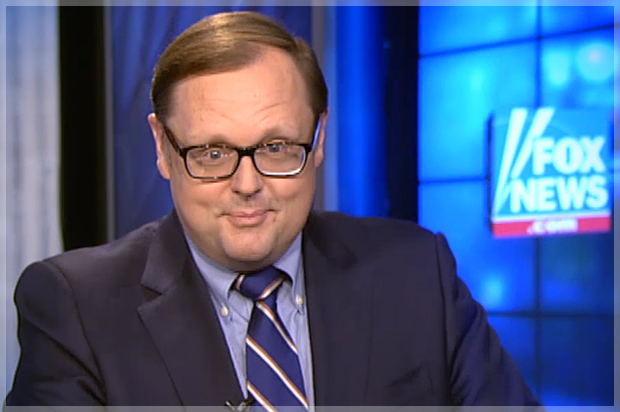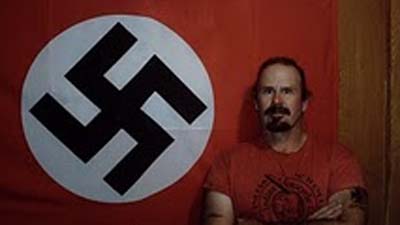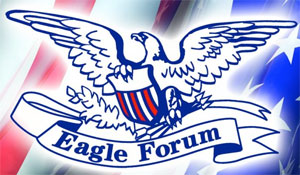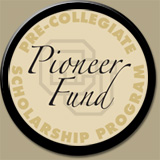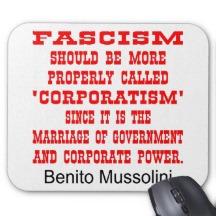Alex Constantine - April 6, 2013
" ... The then-president of Brooklyn College, Harry D. Gideonse, believed he was fighting a just war against communism. He stripped professors of tenure, fired instructors and employees, and barred meetings of 'un-Americans; on campus. ... "
What Academic Freedom?
Marjorie Heins Priests of Our Democracy: The Supreme Court, Academic Freedom and the Anti-Communist Purge (New York University Press, 2013)
Today, we take the concept of “academic freedom” for granted. In February 2013, city officials and Zionist groups sought to prevent a talk at Brooklyn College about the Boycott, Divestment, and Sanctions (B.D.S.) movement against Israel’s occupation of Palestinian territories.
Mayor Bloomberg denounced efforts to prevent the talk in no uncertain terms: “If you want to go to a university where the government decides what kind of subjects are fit for discussion, I suggest you apply to a school in North Korea,” Bloomberg said at a press conference. In the face of the mayor’s rant, the college’s president, Karen L. Gould, held firm and the talk took place.
A half-century earlier it was a very different climate. The then-president of Brooklyn College, Harry D. Gideonse, believed he was fighting a just war against communism. He stripped professors of tenure, fired instructors and employees, and barred meetings of “un-Americans” on campus. For him, like many other elected officials and education administrators, the key question was simple: Are you now or have you ever been a member of the Communist Party?"
Marjorie Heins’s latest book, Priests of Our Democracy: The Supreme Court, Academic Freedom and the Anti-Communist Purge, sheds light on how the so-called second Red Scare played out within the educational system, particularly at New York City colleges and public schools. Heins, a civil liberties attorney and academic, heads the Free Expression Policy Project. Her book’s title comes from Justice Felix Frankfurter who, in a 1952 Supreme Court case, Wieman v. Updegraff, wrote that teachers were “the priests of our democracy” because their task is “to foster those habits of open-mindedness and critical inquiry which alone make for responsible citizens.”
Following World War I, the U.S. witnessed the first Red Scare, one marked by the Palmer Raids and the deportation of about 500 “aliens,” including Emma Goldman and Alexander Berkman. In the wake of World War II and the cold war, the demand for loyalty reached unprecedented levels. This was the era of Joseph McCarthy, the House Un-American Activities Committee (HUAC) and the Hollywood 10 trials. The Scare was especially virulent in New York.
In 1947, the Labor Management Act (better known as the Taft-Hartley) law was adopted, requiring federal employees and members of labor unions covered by the National Labor Relations Act (NLRA) to sign a loyalty oath. The oath swore union members to fidelity to the U.S. government and declared that they were not members of a group on the Attorney General’s List of Subversive Organizations. Failure to comply could lead to the union’s decertification and the union member’s dismissal. Neither First nor Fifth Amendment protections were afforded those accused of being communists. By 1956, 42 states and 2,000 county and city governments had adopted similar provisions. Heins details how the law was implemented with a vengeance in New York.
Loyalty oaths have a long and disquieting history in the U.S. As Heins explains, “they kept resurfacing, especially in times of political uncertainty.” Such “uncertainty” marked the second Red Scare—as well as the Civil War, World War I, and the Depression, periods during which both federal and state/local officials used oaths to buttress the call for patriotism.
In 1949, New York state legislators adopted the Feinberg Law to block “subversive propaganda” from being “disseminated among children in their tender years.” It required all local boards of education to dismiss any teacher having committed “treasonable or seditious acts or utterances” or for belonging to an organization advocating the overthrow of the government by “force, violence or any unlawful means.” Over 1,000 teachers were targeted. The Act was not found unconstitutional until 1967.
New York City reinforced state provisions with its very onerous section 903 of the City Charter. It stated that the Board of Education could fire anyone for “insubordination” or for refusing to answer questions pertaining to one’s political beliefs, thus prohibiting employees from seeking protection against self-incrimination. Many simply resigned to avoid the humiliation of a very public redbaiting campaign.
Heins’s book is a story in two parts. One part is a history of the great American fear, the legal and political anti-communist tyranny of the cold war decades; the other story is that of the human response to such fear, including the remarkable stories of educators who fought injustice, including Irving Adler, Oscar Shaftel, Vera Shlakman, George Starbuck, and Harry Keyishian.
The Warren Court (1953-1969), most remembered for its 1954 landmark Brown v. Board of Education decision, also brought change with regard to loyalty oaths and educators. On June 17, 1957, a day some labeled “Red Monday,” the Court ruled against loyalty oaths in four cases. These decisions marked the turning point in the anti-communist hysteria gripping the nation. As Justice Earl Warren wrote, “To impose any straitjacket upon the intellectual leaders in our colleges and universities would imperil the future of our nation.”
Heins is a cautious analyst, knowing that the freedoms extended by the Warren Court could be pulled back by later decisions, especially given the strict conservatives who have been appointed by Republican presidents. She concludes her valuable study detailing how, over the last half-century, academic freedom continues to be challenged by local officials. Most remarkable, Heins notes, was that “post-9/11 censorship was not nearly as pervasive and deeply rooted as the anti-subversive purges of the 1950s.” Except for a few isolated incidents in which local officials assailed anti-war teach-ins, educators were not targeted in post-9/11 “anti-terrorism” loyalty campaigns.
Priests of Our Democracy, along with Clarence Taylor’s complementary study, Reds at the Blackboard: Communism, Civil Rights, and the New York City Teachers Union (Columbia, 2011), serve as a reminder that Americans can’t take First Amendment rights for granted. Both authors document how academic freedom and other forms of expression remain terrains of political conflict.
About the Author
DAVID ROSEN is author of Sex Scandal America: Politics & the Ritual of Public Shaming, writes the Media Current blog for Filmmaker, and regularly contributes to AlterNet, CounterPunch, and the Huffington Post. Check out www.DavidRosenWrites.com. He can be reached at drosennyc@verizon.net.
http://www.brooklynrail.org/2013/04/books/what-academic-freedom


